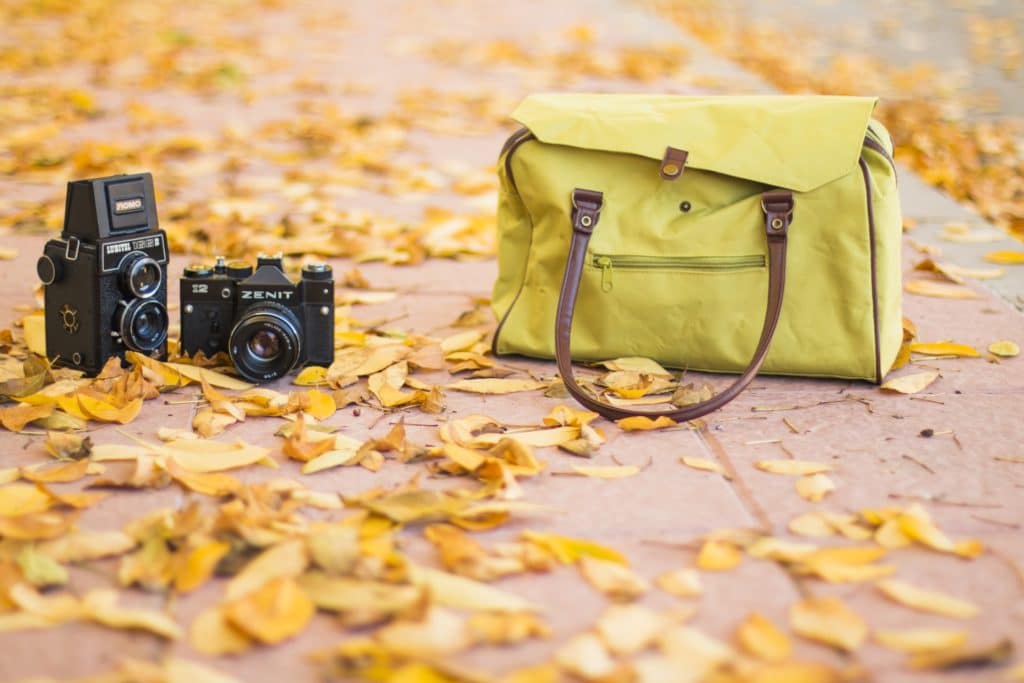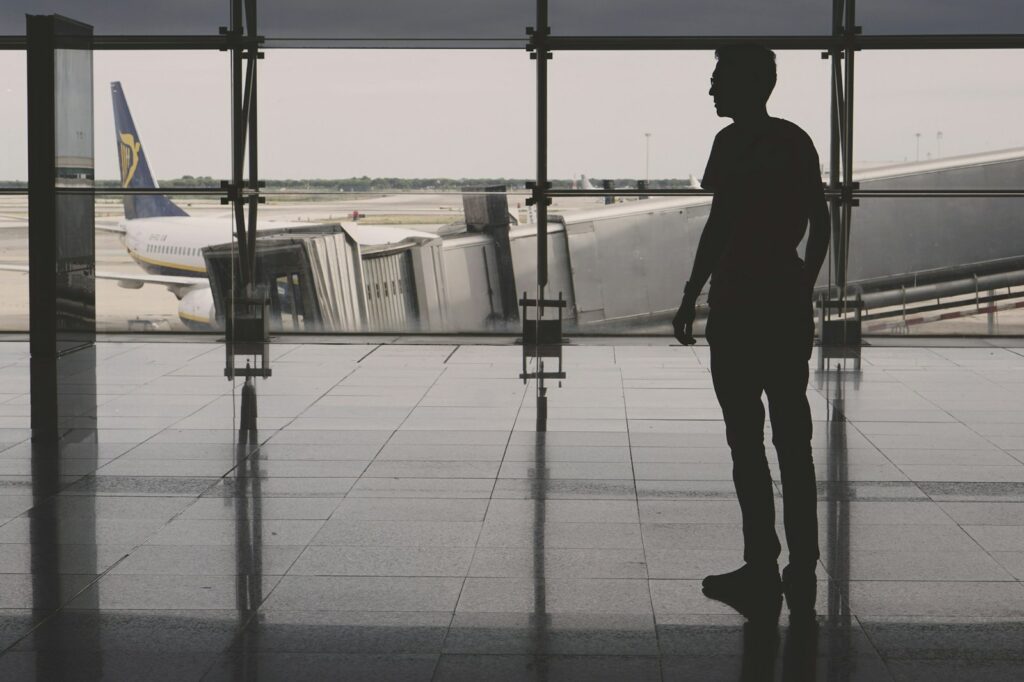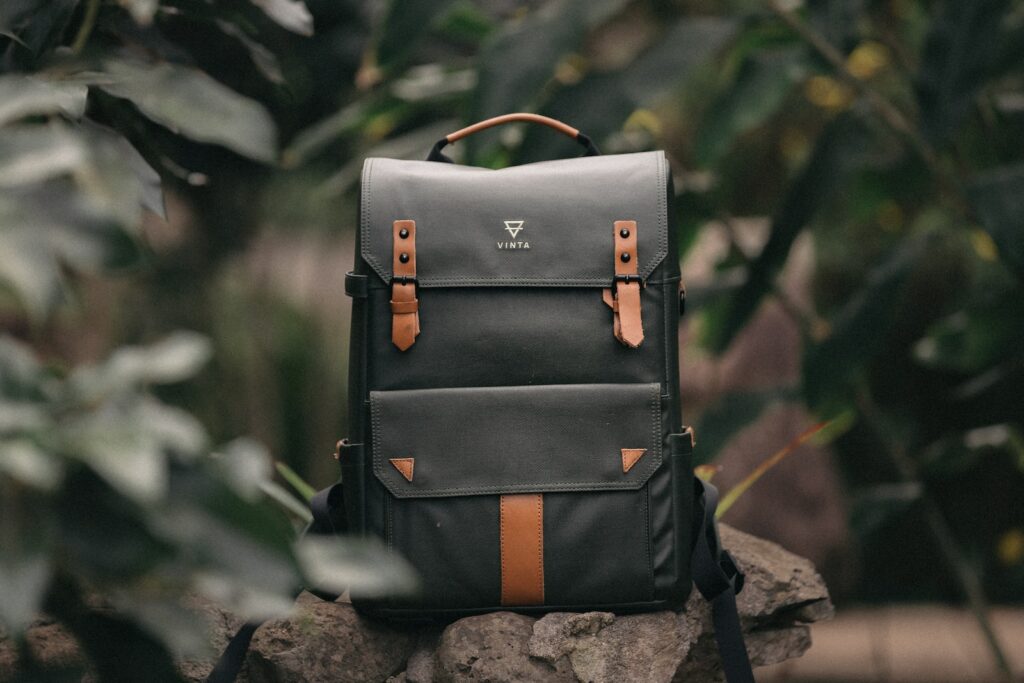Traveling with your camera is one of the most rewarding things that you can do in photography. The thrill of new places, different cultures, and interesting light are strong lures to any photographer.
The problem is, what to take? The urge will be to take as much of your heavy camera gear on the plane with you as you deem necessary. That, however, will inevitably lead to taking far too much equipment and not using 80% of it.
There is another problem as well. One affecting those that wish to fly to the travel destinations – the dreaded baggage limits. They are a necessary evil to enable airlines to fly their aircraft economically and to allow us to fly for relatively low prices.
However, there is many a photographer that has shed beads of sweat at the airline check-in desk waiting to be called out as being photographically obese. Today we are going to look at some ways to reduce your chances of getting laden with overweight baggage fees.

Be Rational About Your Equipment Choices
Our first tips start long before you get anywhere near the airport. Choose carefully what you want to take with you. Muster your past experiences in travel photography to get an idea of what equipment you used the most and what gear never came out of the bag.
Do you need to take the holy trinity of 2.8 zooms or will a stabilised 18-200mm travel lens suit better? Will you need that flashgun? It might not weigh much on its own but add in several sets of batteries and the grams start to mount.
How are you going to store your and back up your images? A laptop may not take up much space but it can be a significant proportion of your hand baggage allowance. You may well be able to get away with a tablet or smart phone connected to a hard drive. If there is good Internet, maybe back up to a cloud server.
Do you use your tripod often, or will a monopod or even a stabilized lens suffice? Image stabilization along with high ISO values has improved immeasurably in recent years. Once you have narrowed your kit down to the optimal amount, you can move on to the next decision.
Cabin Or Hold Baggage?
As much as you rationalize your equipment, you are probably not going to get away with putting it all in cabin baggage. Tripods, for example, are bulky, and heavy and can flag the check-in staff to weigh your hand baggage.
On average, the weight limit for hand baggage runs between 5-8kg. A laptop, a camera and a lens or two may easily tip that over the limit. You can often get past the hand baggage limits, we will get to that later, however, do whatever you can to lighten the load.
Obviously, high-value items and essentials must go into your cabin baggage. This should include one camera body and your most important lens. Your laptop or tablet should also go cabin.
You can make weight savings on sundry items. Spare batteries, cleaning equipment, tripods and tripod heads can possibly go in checked baggage.
The aim is to make sure your cabin baggage contains enough equipment to get you up and running when you arrive. There is another aspect you may not have thought about.

How to Choose The Right Camera Bag
As well as restricting weight, airlines also restrict cabin baggage dimensions. Some camera bags, in particular, backpack-style bags can be slightly or even significantly over the limits. Often this is not in the height of the bag but the depth.
You need to choose a camera bag that will fit easily inside the airline's size limits. The reason I say fit easily is that if the bag only just fits, the check-in attendants may well choose to weigh your bag.
With this in mind, soft camera bags are often better than hard cases like those from Pelican. Another tip here to minimize the visual look of the bag is to remove all the extraneous straps, clips, and hooks from the outside. For example, the waistband straps on many backpack-style bags can make that bag look significantly bigger. Pack these items in your main hold baggage instead and reattach them when you get to your destination.
An often overlooked aspect of camera bags is their actual weight. Of course, the weight of your bag becomes highly significant if your allowance is only a few kilos.
If you are traveling with your laptop, many airlines allow a laptop bag to be carried separately from your main cabin baggage. It's well worth separating your laptop out to give you a little extra weight in your camera bag. Talking of airlines….

Photo by Jacob Owens
Choose The Right Airline
Budget airlines have revolutionized where and how much we pay for travel. However, to offer those seat prices at such low cost, they have very restrictive luggage rules as well as charging you for many other extras.
The biggest problem you will often find with a budget airline is that their cabin baggage allowances are much more restrictive than their more expensive rivals. Very often cabin baggage dimensions are smaller as well as having a lower weight restriction.
This can be very significant when traveling with camera gear. They are also more likely to check the weight of your baggage at check-in.
The more traditional airlines tend to be more generous with allowances, for example, British Airways will allow up to 23kg hand baggage so long as it stays within their dimension limits. This also is quite generous.
Checking In
Our last tip is about checking in. Whether you are checking in online and simply dropping baggage or checking in at the airport, be among the first in line. At the beginning of check-in, airlines are less likely to weigh your hand baggage. They are also more likely to forgive slightly overweight hold baggage.
As check-in continues and the plane’s weight starts to climb check-in staff will become stricter with weight limits.
In Summary
So let’s recap on some of the hints and tips for travelling with overweight camera gear.
- Rationalize your equipment down to what you will use.
- Separate vital and expensive equipment in cabin baggage and non-essentials in the hold.
- Choose your camera bag carefully and make use of an extra laptop bag if possible.
- Book premium airlines for more generous baggage allowances.
- Check in as early as possible to minimize the chances of getting caught overweight.
Air travel allows us to visit some quite incredible locations. But it does come with the stress of restricting your weight to the airline's limits. With some or all of the tips above, you can help minimize that stress, allowing you to concentrate more on shooting when you get there.
If you have any weight-saving tips, let us know in the comments below.
American aviation authorities just introduced a ban on lithium batteries in checked luggage.
And I believe someone suggested that ALL batteries are safer if not charged past 80%.
Jason, a couple of things I’ve seen in other articles.
One – the sorry tale of the camera that wasn’t taken on board as cabin luggage, but checked in inside a suitcase. I think it was about $18,000 worth of Leica & lens. And the baggage handlers managed to completely destroy it.
The other – less common – sometimes ‘togs end up in light aircraft, to reach more remote locations. And the baggage limits on those often come a a bit of a shock. We might set off with something like the British Airways generous limits, but find ourselves unable to take all our gear onto a light aircraft, and nowhere safe to leave some of it till we get back to the place where we board the light aircraft.
Two other options. For those where price is no object flying business class generally gives you a bigger carry -on baggage allowance.
Airlines still don’t weigh people (yet) so anything you wear (within reason) will not be weighed, so stuff your pockets with some of those small heavy objects like spare batteries, even some small lens’s may fit in a coat pocket.
“Spare batteries, cleaning equipment, tripods and tripod heads can possibly go in checked baggage.”
Yeah, nice, except most if not all airlines now explicitly forbid putting Li-Ion batteries into checked luggage.
A little trick we have used is to wear a jacket with good pockets. You can carry a “nifty 50” or a small wide angle lens in the pockets, spare battery, or maybe a small external hard drive. Just be careful when your jacket goes through the x-ray machine that items won’t fall out or get dropped. A large handbag is useful and often not weighed but that depends on the airline. I use a 30cm x 25cm “man bag” that will hold an external drive and spare batteries along with phone, passport etc. My partner uses a large handbag.
Light Stalking https://ift.tt/od84Opf
Sourced by Time Trap Photography sharing the best photography tips, news and tricks throughout the industry. Time Trap Photography is dedicated to freezing those special moments in life that can be revisited and admired for generations to come. - Shannon Bourque
Please visit our main site for booking availability and rates.

Receive valuable industry knowledge delivered free to your email each day.






Do NOT attempt to pack your extra batteries in your checked bag!